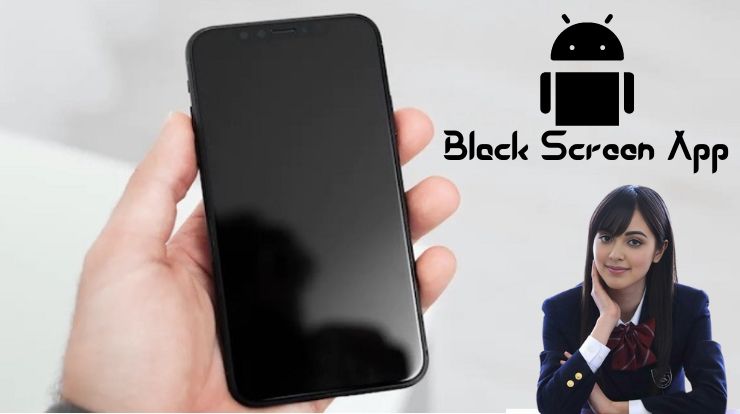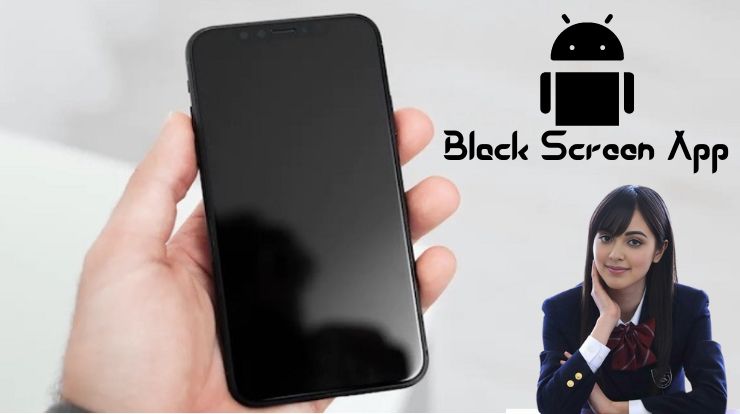
When you’re watching a video or working on something important, the last thing you want is a black screen interrupting your experience. It’s frustrating, right? But don’t worry! This guide will help you understand why this happens and what you can do to fix it.
Table of Contents
What is a Black Screen?
A black screen is exactly what it sounds like—your screen goes black, and you can’t see anything on it. This issue can occur on computers, smartphones, or any device with a display screen. Whether it happens suddenly or gradually, it’s a problem that needs to be addressed.

Common Causes of a Black Screen
1. Hardware Issues
- Loose or Damaged Cables: If your cables are loose, damaged, or not connected properly, your screen might go black. This is often an easy fix but can be tricky if you’re not sure where to start.
- Monitor Problems: Sometimes, the problem isn’t with your device but with the monitor itself. This could include issues like a faulty power supply, a damaged screen, or other internal issues.
2. Software Glitches
- Outdated or Corrupted Drivers: Drivers are the bridge between your device’s hardware and its operating system. If these drivers are outdated or corrupted, your screen might go black.
- System Update Issues: Sometimes, a system update doesn’t go as planned. This can cause software conflicts that result in a black screen.
Diagnosing a Black Screen Issue
Figuring out what’s causing the black screen is the first step to fixing it. Here’s how:
1. Check Hardware Connections
- Start by checking all your hardware connections. Ensure your cables are plugged in properly and aren’t damaged. If possible, try using different cables or connecting your device to another monitor.
2. Boot in Safe Mode
- Booting your device in Safe Mode can help you determine if the problem is software-related. Safe Mode only loads essential drivers and services, so if the screen works in Safe Mode, it’s likely a software issue.
Fixing a Black Screen Issue
Once you’ve identified the problem, it’s time to fix it.
Simple Fixes
- Restart Your Device: Sometimes, a simple restart is all it takes to fix a black screen. This can reset your device and clear any temporary glitches.
- Check Cables and Connections: Double-check all your cables and connections. Make sure everything is plugged in correctly and that there are no signs of damage.
Advanced Solutions
- If the simple solutions don’t work, it might be time to dig deeper, such as updating drivers, checking for software conflicts, or seeking professional help.
Preventing Future Black Screen Issues
Prevention is always better than cure. Here’s how you can prevent black screen issues from happening in the future:
1. Regular Maintenance
- Keep your device running smoothly with regular maintenance. This includes cleaning the hardware, checking connections, and ensuring the system is up to date.
2. Keep Drivers Updated
- Regularly updating your drivers ensures that your device can communicate properly with all its hardware components, preventing issues like black screens.
3. Proper Device Usage
- How you use your device can also impact its performance and the likelihood of encountering a black screen. Keep your device cool, ensure proper ventilation, and avoid heavy use for extended periods. Regularly scan for malware and other issues that could cause software glitches.
Conclusion
Dealing with a black screen can be frustrating, but understanding the causes and knowing how to fix and prevent it can save you a lot of trouble. By following these tips, you can keep your device running smoothly and avoid the inconvenience of a black screen in the future.




